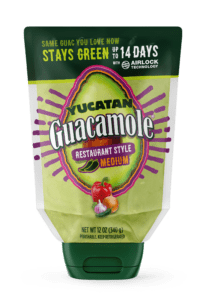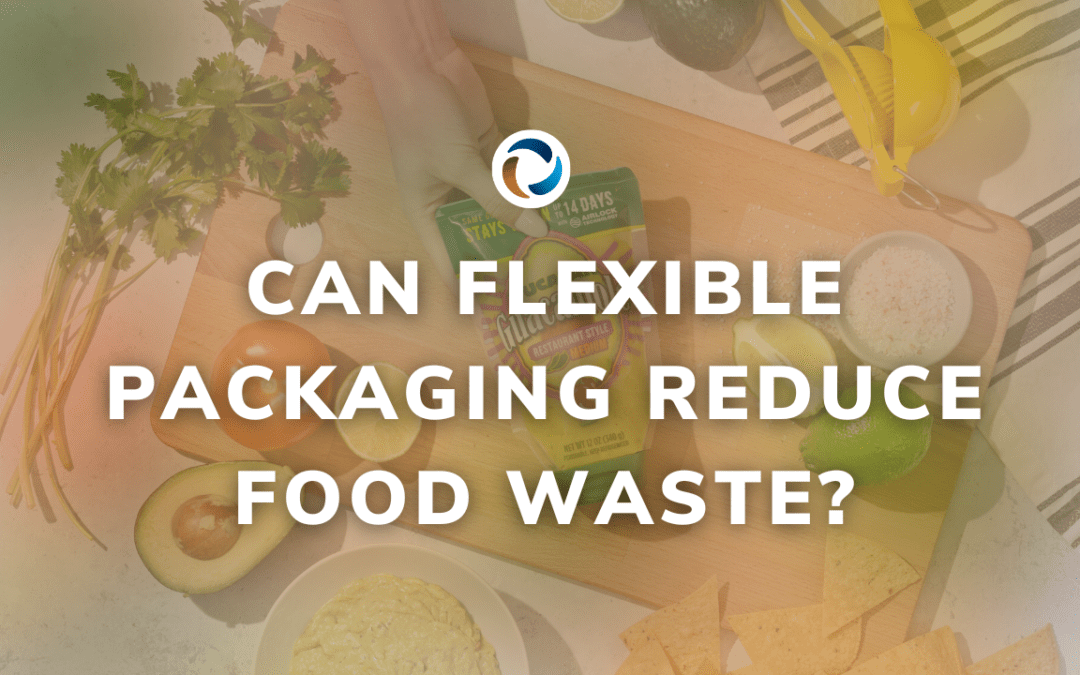 Can Flexible Packaging Reduce Food Waste?
Can Flexible Packaging Reduce Food Waste?
Food waste is a major problem worldwide. The Food and Agriculture Organization (FAO) of the United Nations reported that approximately 14 percent of the world’s food, valued at $400 billion, is lost on an annual basis between harvest and the retail market (Source: “Food Loss and Food Waste”, FAO 2019). Meanwhile, the United Nations Environment Programme (UNEP) estimates that 17% of food is wasted at the consumer and retail levels (Source: “UN: 17% of all food available at consumer levels is wasted”, UNEP, 2021). How food is packaged is an area of concern, as it contributes to the accumulation of waste in landfills and oceans. When examining packaging options, flexible packaging has emerged as a sustainable solution that can significantly reduce food waste.
Flexible packaging is a versatile and lightweight packaging solution that can adapt to different shapes and sizes of products. The advantages of flexible packaging are numerous, including extended shelf life, improved product protection, and reduced transportation costs (when compared to heavier packaging types like rigid plastic and glass). However, one of the most significant benefits of flexible packaging is its ability to reduce food waste.
Flexible packaging protects food from external factors such as moisture, oxygen, light, and temperature. This protection ensures that the food stays fresh for longer, reducing the likelihood of spoilage and waste. Flexible packaging can also be designed to allow for proper ventilation and moisture control, which helps to maintain the quality and freshness of produce. This means that the product can stay on the shelf for an extended period, giving consumers more time to purchase and consume them before they go bad.
Another way that flexible packaging can reduce food waste is by enabling portion control. Resealable zipper pouches and stickpacks are a perfect example. These packaging types help to prevent food waste, as consumers only need to open and consume what they need, reducing the likelihood of throwing away unused product. Just like in the name, resealable zipper pouches are designed to be easy to reseal after each use and are perfect for on-the-go consumers.
Glenroy’s premade STANDCAP Pouch is a perfect example of flexible packaging that can help reduce food waste. Consumers can easily access up to 99% of the product without the frustration of wasted product. The valve closure maintains product freshness between uses, and the size of the pouch fits perfectly in the fridge door, reducing the likelihood of the product being pushed to the back of the refrigerator and forgotten. Our customer, Yucatan Guacamole, found that the structure and properties of the premade STANDCAP Pouch allowed their guacamole to maintain freshness for up to 14 days. Guacamole, and avocados in general, spoil quickly (typically in less than 4 days). Imagine how much less product you would throw away and how much longer you could enjoy it.
Flexible packaging is a sustainable solution that can significantly reduce food waste. Its ability to protect food from external factors, reduce transportation costs, enable portion control, and provide innovative solutions such as Glenroy’s premade STANDCAP Pouch makes it an excellent choice for packaging food products. By adopting flexible packaging, brands can not only reduce food waste but also improve the shelf life and quality of their products, leading to increased profitability and sustainability. As we all learn more about, and understand, the full life cycle benefits of flexible packaging we can play an active role as consumers in doing our part to reduce food waste by choosing products that are packaged in flexible packaging.

